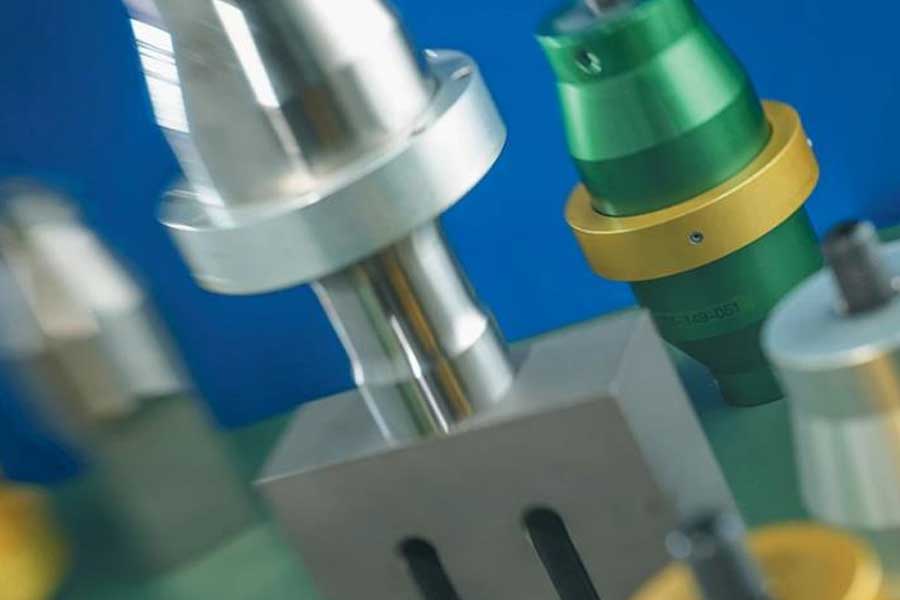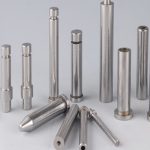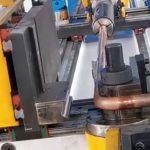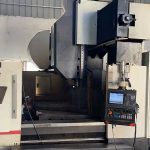Ultrasonic welding is a widely recognized and accepted process for joining thermoplastic materials. It has many advantages, including process reliability and repeatability, lower energy consumption than other connection technologies, saving materials (because there is no need to consume materials such as glue or mechanical fasteners) and saving labor.
However, as with any process, in some cases, obvious problems with this technology may interrupt the production process. The key to solving and avoiding these problems is to understand their possible causes. Processors who successfully use ultrasonic welding usually have two main characteristics: they have a well-documented, proven welding process; and the process is supported and maintained by a resident, well-trained “champion”. If one or both of these two important factors do not exist, you may soon seek help. Even if these two conditions exist at the same time, you may occasionally need help or technical assistance at least once.
How the process works
Before examining the common causes of ultrasonic welding problems, let us take a moment to understand the welding cycle itself. In ultrasonic welding, high-frequency vibration is applied to the surfaces of two parts through a vibrating tool (usually called a “horn” or “ultrasonic generator”). Welding is the result of frictional heat generated at the interface between parts. Ultrasonic vibration is generated by a series of components (power supply, converter, booster, and horn) that transmit mechanical vibration to the parts.
As shown in Figure 1, the power supply takes standard wire voltage and converts it to operating frequency. In the example below, we will use a universal ultrasonic welding frequency of 20 kHz, although welding can be performed in the range of 15 to 60 kHz to meet special needs. In operation, the power supply sends electrical energy to the converter at a specified frequency through the RF cable. The converter uses piezoelectric ceramics to convert electrical energy into mechanical vibration at the operating frequency of the power supply. Depending on the configuration of the booster and horn, this mechanical vibration will increase or decrease. The appropriate mechanical vibration amplitude is determined by the application engineer and depends on the thermoplastic material used in the part.
Place the parts to be welded under a mechanical load, usually using a pneumatic actuator that fixes the booster and horn. Under this load, mechanical vibration will be transmitted to the interface between the material surfaces, thereby concentrating the vibration to generate intermolecular and surface friction. This friction generates heat and then melts, which solidifies into a welded joint.
The basic components of the ultrasound system are the power supply, the actuator and the stack. The power supply adopts the line voltage of the nominal voltage of 120-240V and converts it into a high-voltage high-frequency signal. It also contains the procedures required to operate the actuators and stacks in a controlled manner to achieve the desired welding results. Pneumatic or electric servo-operated actuators can be used as stand-alone desktop units or integrated into automation systems to move ultrasonic tools to the parts to be connected. It applies the required force to the material to help create welding conditions.

The ultrasonic stack completes the system. It transfers vibration energy to the sealing/connection surface through direct contact with the part. The stack usually consists of three parts: a transducer or converter (as described above), which contains a piezoelectric ceramic crystal that oscillates at the frequency of the applied power signal. When these crystals oscillate, they physically expand and contract, which produces measurable mechanical movement (called peak-to-peak amplitude) on the output side of the transducer.
The second part is the booster, with a connecting ring in the middle part, which plays two roles: it serves as a mounting point for installing the stack into the actuator, and it is also used to amplify or reduce the generation in the transducer Output movement.
The third and final component of the chimney is the horn (resonance pole), which will be in contact with the parts to be connected. The design of the horn should match the contour of the rigid part to be connected, or a sealing contour can be added to its contact surface in film/textile applications. For each application, the welding head is designed to be combined with other chimney components to achieve the best amplitude output level so that ultrasonic welding can be performed as efficiently as possible.
Typical problem
The problem usually occurs in one of the following four areas:
1. Equipment: Ultrasonic welding equipment or various welding components are not suitable for this application.
2. Process parameters: The parameters used are not applicable to the connected parts.
3. Material: The type, composition or physical/mechanical characteristics of the material used in the part have changed.
4. Part design: Some details of the part geometry are not suitable for repeated or successful welding.
It should also be noted that sometimes problems found in one area may reveal weaknesses or deficiencies in another area.
Let’s start with the equipment. It is easy and usually logical to think that a device and method for successful welding in one application will be successful in another application. But this is not generally the case. So far, the ultrasonic welding machine with a frequency of 20 kHz is the most widely used in the world. Due to their versatility, these welders can provide high power (up to 6000 W) and high amplitude output, and can be adapted to various available processing sizes. For contract manufacturers producing ultrasonic welded parts, 20 kHz equipment may be a huge investment because it offers hope for future use in many applications.
However, in some cases, especially for small and exquisite parts, the high power and high amplitude capabilities of 20 kHz devices may be too “aggressive” for some components and may cause damage. One possible solution is to reduce the input amplitude, but if the applied amplitude is lower than the recommended level of the polymer to be welded, this method will not work.
Link to this article: How to solve common ultrasonic welding problems
Reprint Statement: If there are no special instructions, all articles on this site are original. Please indicate the source for reprinting:https://www.cncmachiningptj.com/,thanks!
 3, 4 and 5-axis precision CNC machining services for aluminum machining, beryllium, carbon steel, magnesium, titanium machining, Inconel, platinum, superalloy, acetal, polycarbonate, fiberglass, graphite and wood. Capable of machining parts up to 98 in. turning dia. and +/-0.001 in. straightness tolerance. Processes include milling, turning, drilling, boring, threading, tapping, forming, knurling, counterboring, countersinking, reaming and laser cutting. Secondary services such as assembly, centerless grinding, heat treating, plating and welding. Prototype and low to high volume production offered with maximum 50,000 units. Suitable for fluid power, pneumatics, hydraulics and valve applications. Serves the aerospace, aircraft, military, medical and defense industries.PTJ will strategize with you to provide the most cost-effective services to help you reach your target,Welcome to Contact us ( [email protected] ) directly for your new project.
3, 4 and 5-axis precision CNC machining services for aluminum machining, beryllium, carbon steel, magnesium, titanium machining, Inconel, platinum, superalloy, acetal, polycarbonate, fiberglass, graphite and wood. Capable of machining parts up to 98 in. turning dia. and +/-0.001 in. straightness tolerance. Processes include milling, turning, drilling, boring, threading, tapping, forming, knurling, counterboring, countersinking, reaming and laser cutting. Secondary services such as assembly, centerless grinding, heat treating, plating and welding. Prototype and low to high volume production offered with maximum 50,000 units. Suitable for fluid power, pneumatics, hydraulics and valve applications. Serves the aerospace, aircraft, military, medical and defense industries.PTJ will strategize with you to provide the most cost-effective services to help you reach your target,Welcome to Contact us ( [email protected] ) directly for your new project.
Link to this article:How to solve common ultrasonic welding problems?
Reprint Statement: If there are no special instructions, all articles on this site are original. Please indicate the source for reprinting:Alloy Wiki,thanks!^^







